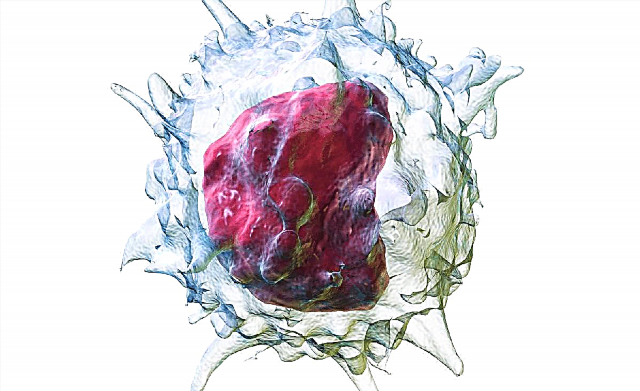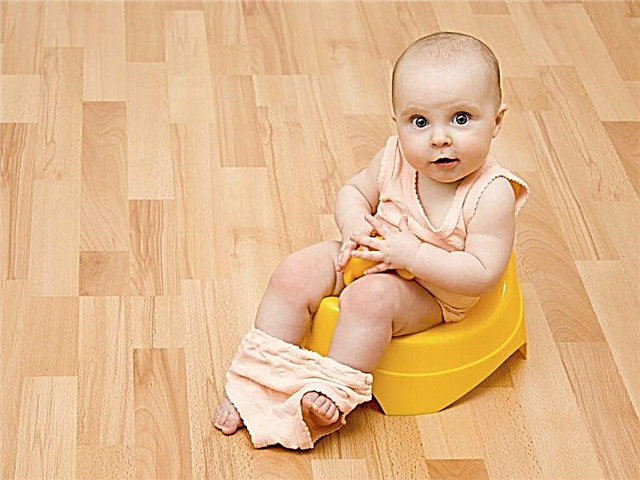At 10 months old, a child becomes more active, shows more interest in the world around him, and often plays on his own. All this requires a lot of energy, which is provided by food. How much should a baby eat at 10 months to meet the needs of a young, growing body? This will be discussed in this article.

Proper nutrition is the key to good health for your baby
How much should a 10 month old baby eat
To understand whether the baby is getting enough food, one should focus on the weight of the child, which he should have by 10 months of life:
- For boys, the lower and upper weight limits in kilograms are 7.4 and 11.4, respectively;
- For girls, the same rates range from 6.7 to 10.9.
If the weight turns out to be insufficient, you need to change the baby's diet, after consulting the pediatrician. Some of the products will have to be replaced with more nutritious ones.
Important! The diagnosis of body weight should be carried out by a doctor, since underweight can be a consequence of premature birth, determined by physiological characteristics, as well as multiple pregnancies. The diet in this case is not the main reason.
The amount of food that an infant should eat at one time is determined by the consistency of the foods and the child's preferences. In any case, it must be remembered that the maximum daily food intake is no more than 1000 ml. A single serving can be calculated by dividing this number by the number of feedings per day.
According to Dr. Komarovsky, you should not adhere to the principle of "eat your fill." With such a variety of products, you need to try to keep the baby healthy and instill in him the right taste habits.
The criteria by which the rules for feeding 10-month-old babies are determined are as follows:
- Daily food intake;
- The volume of a single serving;
- Feeding frequency per day;
- Diet;
- Meal mode.
The characteristics of the listed parameters are the nutritional characteristics of children at any age, including at 10 months.
The amount of food per feeding
For babies aged 7-12 months, the approximate volume of a single meal is 200-250 ml with a frequency of feeding at least 5-6 times a day.
Feeding mode
The standard schedule includes several time stages:
- At 6 am. At this time, the baby can be given breast milk or milk substitute.
- At 10 am. The second breakfast can consist of porridge, milk soup, vermicelli.
- At 2pm. For lunch, the child can be given a portion of vegetable puree or steamed meatballs.
- At 6 o'clock in the evening. At this time, the baby can be drunk with kefir and fed with fruit puree.
- At 10 pm. Similar to the morning session, the baby is given breast milk or formula as an alternative at night.

Power circuit
Diet of children at 10 months
Nutrition for a 10-month-old baby can be varied. It doesn't really matter for the baby whether he drinks breast milk or a substitute. The main thing is that the little gourmet does not have an allergy to certain foods (if there is one, then provoking factors should be excluded from the baby's menu). The most common allergy occurs to cow protein.
At this age, the child can be gradually transferred to adult food and taught him to independently operate with cutlery (with the exception of cutting and other objects dangerous for small children). By this time, the child already has incisors, so there is no need to grind the products, it is enough to cut the product into small pieces or grind it with a coarse grater.
It is necessary for the child to develop a chewing skill, which is the key to proper digestion. In addition, developed jaw muscles play an important role in the development of a baby's speech.
On a note. It is advisable that the diet takes into account the tastes of little gourmets, which are already beginning to manifest themselves by this age.
An approximate baby feeding scheme is presented below:
- The first breakfast is served at 6 am. In the early hours, the baby should be given breast milk or formula. If your child is allergic to protein, it is best to resort to a soy formula. Serving size is 200-220 ml.
- The second morning feed is at 10 o'clock. The menu includes milk porridge and fruit purees. If the child has an allergy, then the porridge should be without milk. You can fill the dish with butter or vegetable oil. It is advisable that the puree contains fruits such as plums, green apples, pears, since these products do not cause allergies.
- At 2 pm, the child can be fed vegetables. Also at this time of the day (every other day), the babies are given half an egg yolk. The egg must be hard-boiled. Meat puree should also be given every other time, alternating with fish puree. Don't forget about bread. From drinks, you can opt for compote or fruit juice.
- At 6 pm it's time for the fourth feed. This includes breast milk or substitute, a small portion of cottage cheese, and fruit juice. If a child has an allergy, then it is recommended to feed him with lean meat (one serving - 30 g.), Vegetable puree in vegetable oil, fruit puree.
- At 10 o'clock in the evening, before the child falls asleep, you should feed the usual food: mother's milk or artificial formula. Serving size is standard.
This scheme is of a recommendatory nature - the diet can be changed by adding various products to the menu.
Important! A healthy child should receive 100-150 ml of liquid per day (180-200 in hot weather). Of the drinks, preference should be given to rosehip broth or apple compote. It is recommended to boil water before consumption.
The specific set and amount of products depend on the child's health, taste preferences and habits, appetite and doctor's recommendations.

The diet
What can you give
If a baby is breastfed at the age of 10 months, then you should know that breast milk alone will not be able to fully meet the body's needs for nutrients. WHO does not recommend giving up breast milk until a baby is 2 years old. At this age, this type of feeding is in addition to the main diet and should not take more than a quarter of the standard amount of food for each day.
If the baby is bottle-fed, then after reaching 10 months, the infant formula should not be replaced with regular milk. A baby can eat an artificial product in the first feeding, and in the last baby, you can give baby kefir.
In addition to breast milk or artificial substitutes, the following foods should be present in the baby's diet:
- Cereals: buckwheat, rice, oatmeal, corn. You may be allergic to semolina.
- Meat. It is an essential product as it is a source of protein and vitamins. The lack of components leads to a lack of hemoglobin, which can further cause anemia.
- Vegetables: carrots, beets, zucchini, etc. These products are effective in preventing constipation.
- Egg yolk. The product is rich in vitamins, but it should be given no more than 3 times a week. Protein should be discarded.
- Dairy. This should include cottage cheese and kefir. The former can be used to make puddings and casseroles.
- Fruit. Rich in vitamins, fiber, carbohydrates.
- Vegetable or butter. Eat enough 5 grams a day.
- Beverages. Purified or boiled water, fruit juices (it is recommended to make them yourself). You can give no more than 100 ml of juice per day. Compotes, jelly, herbal tea, fruit drink are ideal as children's drinks. Kefir is recommended to be given in the fourth feeding.
- Wheat flour products: vermicelli, limited edition biscuits.
- You can make pudding with cottage cheese, meat, fish, or berries.
- A great option is milk noodle soup.
Servings of meals for a baby at 10 months
For the most part, the nutritional status of a 10 month old baby changes little. The main difference is the serving size.
A child who has reached the tenth month requires a very small amount of food:
- Fruit puree - 100 ml per day is enough.
- You will need a little more vegetable puree - about 200 g.
- Meat at this age is given in limited quantities, so the daily volume of the product should be no more than 60 g.
- Egg yolk - half every other day.
- Cottage cheese. Despite the fact that the product belongs to the category of fermented milk, you need to give it very little - only 50 g per day.
- Porridge - it will take about 200 g.
- Dairy products - the same amount.
- A fish. It should be offered to the child no more than once a week. Requires no more than 60 g.
- Butter or sunflower oil - 5 g.
- Juice - up to 100 ml.
- Cookies, croutons, bread - 10 g of each product.

Portion of the dish for the little gourmet
What not to give
Children at ten months should not be fed:
- Goat or cow's milk (whether whole or pasteurized);
- Red fish;
- Citrus;
- Chocolate;
- Salty foods;
- Smoked meats;
- Confectionery that contains a protein cream;
- Sausages;
- Sausages;
- Also, cocoa and hot spices should not be given.
Important! It is forbidden to store and warm food for babies. Dishes are prepared just before feeding. Also, experts recommend spending time with confectionery as long as possible.
Knowing how much a child should eat at the age of 10 months, as well as what dishes are recommended for consumption, parents will be able to provide the baby with proper, balanced nutrition, which is the key to healthy growth and development of the baby.



